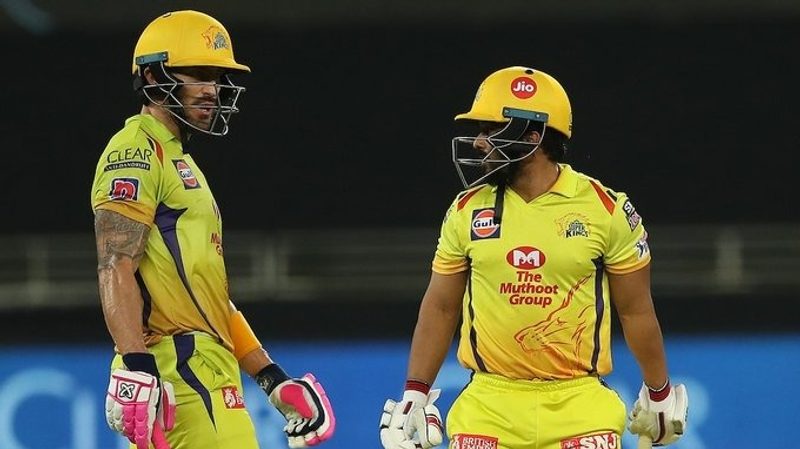
There are two ways of pulling off a run-chase: the Dhoni way and the normal way. The Dhoni way is taking things down to the wire and then hoping to win the one-on-one battle with the bowler in the final few overs to ensure there's no top-order collapse. While that's playing safe, it's mostly playing too safe.
T20 run chases, in particular, are mostly won or lost in the first half of the run-chase. As Himanish Ganjoo points out in a tweet, "The median winning chasing team loses 1 wicket and scores 30% of the target in the powerplay in the (Indian T20 League)."
This means that a team that is set 180 to win, is on a winning course if they get to 54 (30% of 180) with just one wicket down in the first six overs. Tall run-chases, especially for teams that have a soft belly in the batting line-up like Chennai, are a tough ask even with dew and other factors.
Chennai were chasing 176 yesterday, which means that ideally they would have made 52 for the loss of a wicket in the powerplay. Instead, Chennai were meandering along in the first six overs with Shane Watson and Murali Vijay in no hurry to up the ante. They made just 34 and lost wickets of both openers by the end of the sixth over, well behind where they should have been to win.
By the end of the 11th over, Chennai had still not accelerated and needed 116 in the last 8 overs. Only one team had ever chased down more runs to win a run-chase: Kolkata vs Bangalore in 2019 when Andre Russell's blistering knock gave them 122 in the last 8 overs.
Chennai have no Russell. The Delhi bowling attack is no Bangalore either. That ask was as impossible as it could get for Chennai. They had literally lost the game at about the halfway mark.
This isn't new for Chennai when chasing tall targets. Their approach in the first six overs is suspect especially since Shane Watson is among the slowest batsmen (2nd slowest) in the first six overs when facing at least 100 balls since 2018.
With Vijay partnering him, Chennai are further dented. Their solution lies in starting quicker and the one man who can do that by taking on spin and pace is Sam Curran.
Given his striking prowess and ability to clear the infield, Curran is a good choice as a pinch-hitting opener alongside Ruturaj Gaikwad, who before this Indian T20 League had played 28 innings in T20 cricket with 27 of them as an opener. So far in the Indian T20 League, Gaikwad has played at No. 4 and 5.
Gaikwad and Curran opening with Rayudu - fit for the next game according to Dhoni - and Faf du Plessis behind them sound interesting. It solves their need for quick runs at the top and brings stability to the middle-order as they aren't making up for a slow start.
The likes of MS Dhoni, Ravindra Jadeja (swappable for Sai Kishore) and Deepak Chahar add weight to the lower middle-order. With the line-up set to start off quick, Chennai won't need their middle-order looking to bat out of their skin to win matches either. While on paper, it is a reasonable plan within their limitations, but are Chennai willing to change at all?
Feature image courtesy: Twitter / Indian T20 League



























